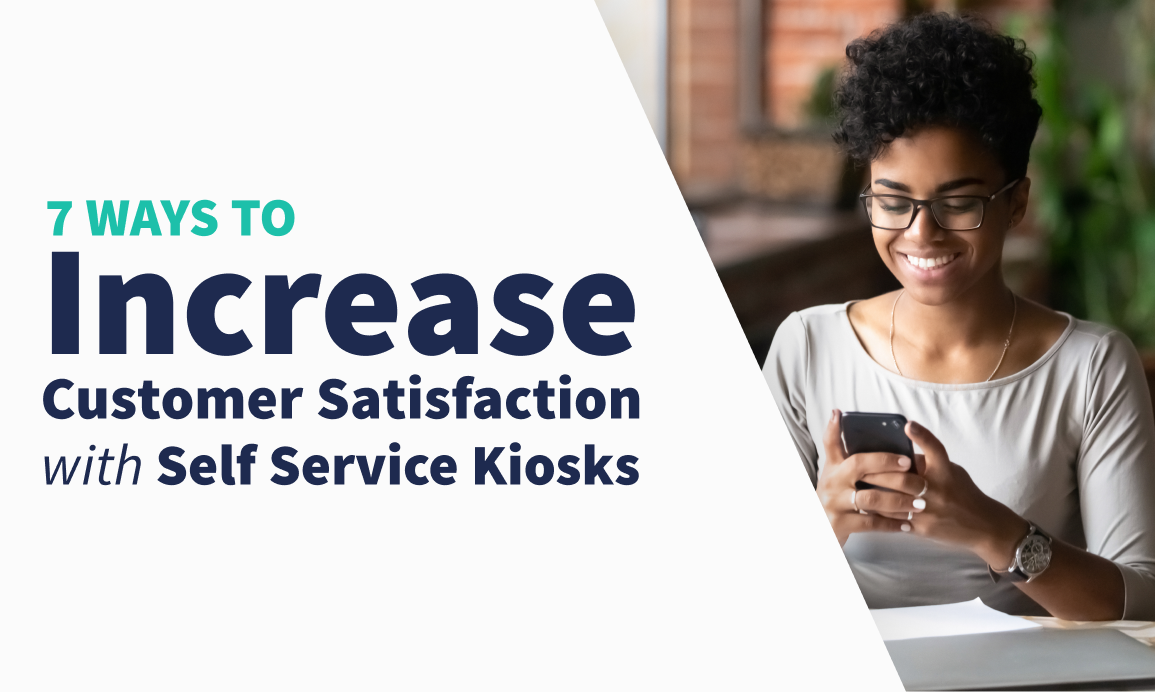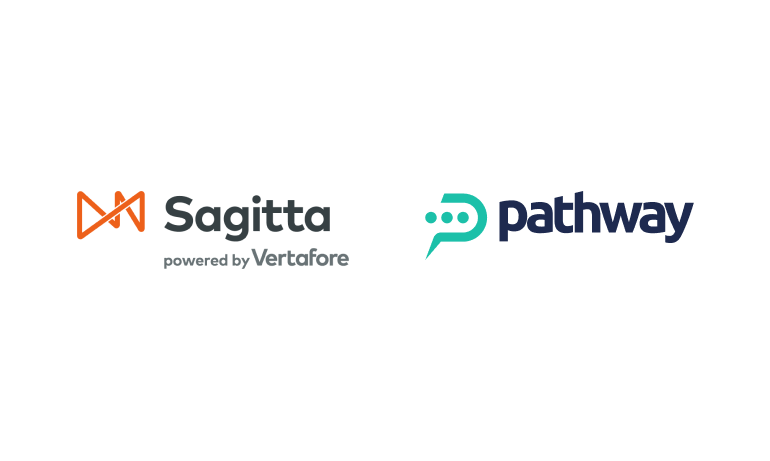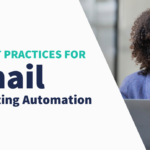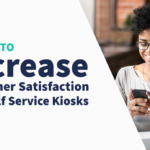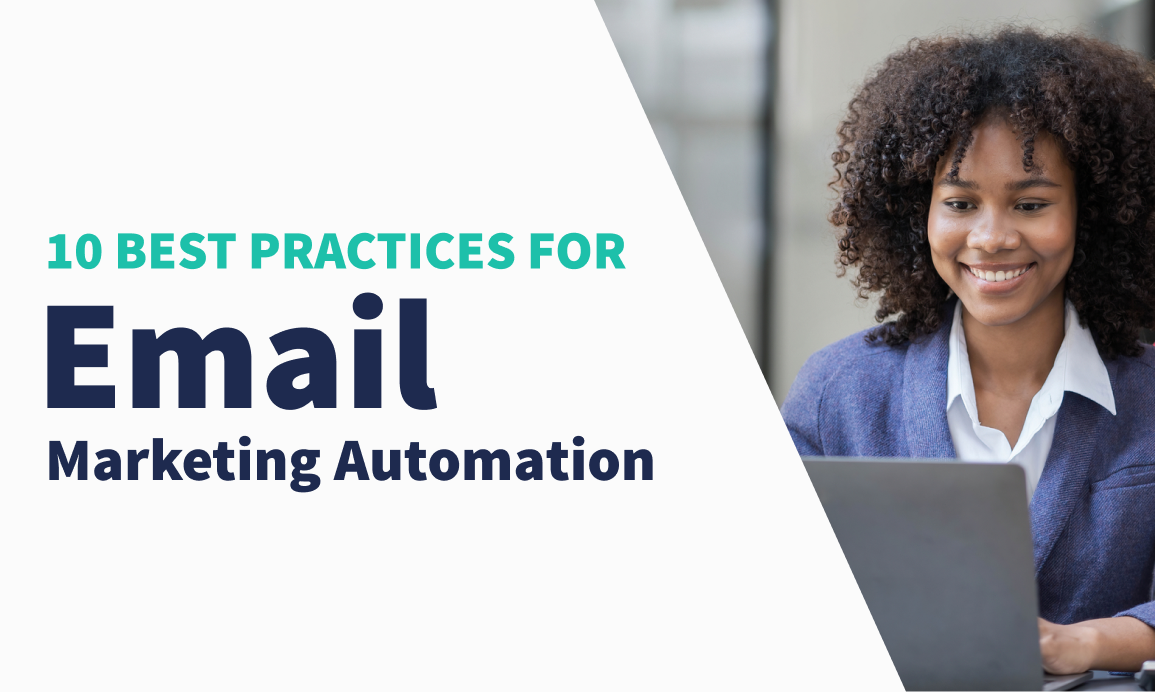
Email marketing is the practice of sending messages over email, typically to a large group of people that comprises potential or current customers.
It remains one of the most popular forms of marketing because of its incredibly high conversion rate and Return-on-Investment (ROI). Conversion rates range from 10.57% for automated birthday emails to 51.94% for automated welcome emails. Email marketing’s average ROI is $36 for every $1 spent.
Email marketing, like many other marketing forms, can benefit from automation if done correctly. However, to properly gain the advantages that come with automation without any of the downsides that come from lack of personalization, it’s important to make sure you’re not doing anything wrong.
You can ensure that your campaign receives the optimum results by following these best practices.
1. Separate your audience into segments
When it comes to messaging in email marketing for insurance, there’s only one golden rule. Personalization, personalization, personalization! Almost all marketers unanimously agree that personalizing your messages is the key to higher conversions.
However, it’s not possible to send very personalized messages on a large scale without breaking your audience down into subgroups. That’s where segmentation comes in. Audience segmentation involves identifying smaller groups within your target audience so that you can craft better-personalized messages for each sub-group.

These groups can be based on gender, geographic location, age, ethnicity, political beliefs, and other factors. By tailoring your messages to resonate strongly with each sub-group, you can form better connections and nurture higher conversions.
Now, demographics aren’t the only factor to consider. You can also segment your audience based on:
- Behavior
- Where the buyer is in their journey
- Level of engagement
- Interests (car insurance, boat insurance, home insurance, etc.)
The method you select should be aligned with your overall strategy and the nature of your audience.
2. Design a trigger-driven campaign for insurance quotes
Ensuring that your marketing campaign is a success is all about getting the right message to the right audience members at the right time. Certain moments during a customer’s life leave them open to considering your offer, particularly when it comes to insurance marketing.
For example, a person is more likely to be open to hearing about the benefits of health insurance or life insurance if they’ve just had a family. It’s instances like these that present the perfect opportunity for insurance marketing automation.
The key here is to identify triggers or online or offline behaviors that signal that your customer might be interested in your service. Once you’ve determined these life events, you can send out a series of appropriate, timed, and automated messages to convert the potential customer.
You must target these triggers at the set stages of the buyer’s journey. The buyer’s journey is the process leads go through to become customers. If you come on too hot at the wrong stage, you may scare people away.
3. Use lead scoring
Lead scoring is the practice of ranking the leads you have according to which ones are most likely to make a purchase. As all leads are not equally ready to spend due to being at different stages of the buyer’s journey, lead scoring can help you determine which potential customers should get more energy, effort, and resources.
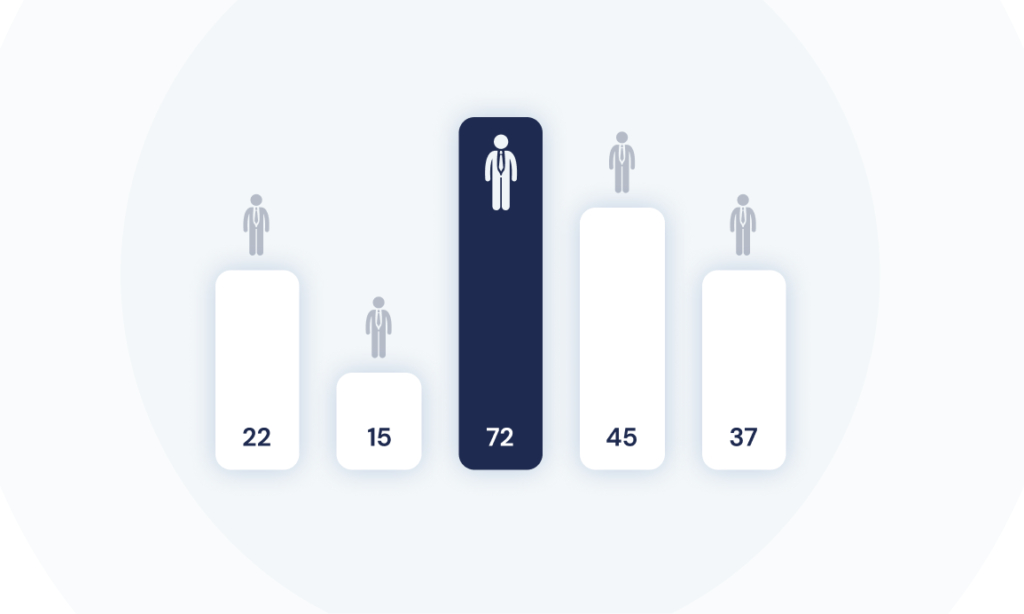
Before you decide to score your leads, make sure you understand what the ideal insurance customer for your business looks like. Having an ideal customer persona ensures that you aren’t scoring leads incorrectly — something that wastes time and resources.
Determine beforehand if you want to score based on age, location, company size, department, industry, or job title. You can also score based on online behaviors.
Once you’ve come up with an effective method for scoring your leads, your next task will be determining the minimum score required to qualify a lead as sales-ready. Naturally, you’ll need to discard some non-promising leads here.
When it comes to insurance marketing, lead scoring can make the entire automation process much easier as you can set up automated emails to go out to leads of a certain score and above only. When done correctly, you can expect to see a massive increase in ROI.
4. Watch your email data in real-time
A successful campaign is based on data collection, and watching your email data in real-time can be a huge boost to the success of your insurance marketing email campaign.
Knowing whether your email has been clicked on or opened can be a huge aid in the process of following up with recipients. You can also see if the recipient has viewed the links or attachments you’ve sent them and if they’ve viewed your email multiple times during the day.
All this information gives perspective and detailed insights that can help you better plan out your automation strategy for the emails you send, as well as identify better triggers for future emails.
5. Set up an email marketing approval process
Many insurance businesses find that getting final approval to send an email is their biggest bottleneck. Some agencies still use face-to-face planning, email planning, or some sort of project management system. This can often result in delays and derail the smooth workflow of projects.

An email marketing approval process is the clearest solution to the above problem. It involves evaluating all the assets and processes from ideation until campaign launch and assists with coordination and collaboration between various stakeholders in the campaign.
Because each agency or organization is different, the approval process should be uniquely designed to accommodate approvals, modifications, denials, change requests, and other actions taken during the process of content approval.
To put a solid email marketing approval process in place, first, identify stakeholders and map out the review stages you need for your specific organization. This should include ensuring that everyone whose opinion is required on a given project sees it at the appropriate time and can give feedback.
You should already have solid brand guidelines in place, so what’s next is to set deadlines and automate reminders to ensure that everyone can give approval promptly. Don’t forget to control stakeholder access at every stage to ensure that only those who require it have access to the work. Additionally, you might want to provide each stakeholder with a copy of your brand guidelines.
Last but not least, keep an audit trail and the project’s version history so you can track changes.
6. Repurpose old content
Repurposing content can be your best friend when it comes to being consistent with your posting schedule. The act of repurposing content usually involves taking a piece of content that’s in one form and creating another version of the same content piece in a different form.
For example, if you’ve written an article about a given topic, say “The Benefits of Insurance,” you can make a video summarizing the points in your article, and it counts as a brand new piece of content that you can use. Because some viewers prefer video over articles, it’s still delivering value to your audience.
One way you can repurpose old content for email marketing is to create “roundup” newsletters that link to a bunch of old content pieces. You can also share the results of a poll via email or add User-Generated Content (UGC) to your newsletters. eBooks, case studies, and webinars are also great ways to repurpose old content.
7. Make your email content multi-channel friendly
Making sure that your email content is multi-channel friendly is crucial to the success of your campaign. You want the ability to target your audience across a series of channels, namely SMS, email, and push notifications.
Because consumers often switch back and forth between channels, it’s imperative that you reach them where they are and follow them across platforms as part of the campaign.
First, you can personalize your emails so that your audience doesn’t feel like they are interacting with a different person when they switch platforms. You want to create a seamless, consistent brand image that customers can relate to across all media.
Using segmentation and automation, you can target your customers with automated emails at the appropriate time. You can also customize your emails to depend on what information about you they have or have not seen from other platforms or channels.
This can drastically increase the success rate of your campaign as customers are more likely to respond to well-timed emails with more detailed information about things they’re interested in rather than just uninteresting emails that repeat whatever they already know.
8. Update your insurance advertising campaigns regularly
When customers see something new, it’s more likely to catch their attention. Once they see a piece of information several times, it isn’t likely to pique their interest anymore. This is why it’s important to regularly update the advertising campaigns you run.
Campaigns need to be filled with relevant, informative content to keep your audience up-to-speed. Especially when it comes to insurance, customers often don’t like to think about the circumstances under which they will require it.
When you regularly inform your audience about the potential benefits of insurance plans, they’re more likely to think about it more often. Constantly considering it will cause them to take action.
This is why it’s important to constantly build a relationship with potential customers and keep them informed — you can convert them to paying clients at the right moment. Failure to regularly update your insurance advertising campaigns, on the other hand, will cause you to lose relevance and slowly fade into obscurity.
9. Invest in good welcome emails
Welcome emails are often the first communication you will have with a brand (and usually, the most important!). Your welcome email often sets the tone for the rest of the relationship, so it can be very important to your brand image.

This is your chance to make a great first impression, so the importance of investing in a quality welcome email can’t be overstated. This email is a chance to showcase your value proposition. Use this chance to “wow” the customer and build loyalty.
You also want to make sure that you send this email immediately after someone has signed up for it and that you’ve personalized it by addressing people by name. The imagery needs to be high quality, and it should have a clear Call-To-Action (CTA) that pushes users to take action.
You also want to make sure that it’s mobile-friendly as the chances are that it’s being read on mobile. Approximately 54.4% of web traffic comes from mobile devices.
Overall it needs to be engaging and give your customer a positive brand experience so that they look forward to future brand interactions.
10. Strike the right balance with email frequency
This is a tricky one, but the rewards are worth the effort when done right. Most brands either email too much or not nearly enough. As a result, they lose out on potential revenue and end up with campaigns that aren’t as successful as expected.
The problem with over-emailing is that it can annoy customers and make them feel like your business is spamming them. They may even go a step further and unsubscribe from the email list to cut contact. This is especially bad because it leaves them with a negative parting experience and prevents you from reaching them with new offers in the future.
When you under-email a customer, they may completely forget you exist — and you’re not likely to receive a sale from a person who isn’t aware you exist! Under-emailing is also a waste of your email marketing budget because you’ll achieve very little.
The perfect strategy is to have well-timed emails that are automated based on engagement. This can ensure that emails are only sent to people at moments they require a gentle nudge or more information to proceed. Thus, you will catch their attention without annoying them.
Use Pathway for seamless marketing automation
All the best things about email marketing require automation. And when you think “automation,” think “Pathway.”
Pathway provides you with a seamless marketing automation experience. With Marketing Bot’s insurance email campaigns, you can onboard new clients and keep them engaged without any manual effort.
With the help of Pathway’s automation, you can retain existing clients, attract new ones and even win back a few. What’s more, you can boost your revenue by focusing on cross-selling to existing clients. Cross-selling is huge in relationship-building.
Finally, you can track the success of your email marketing campaigns with powerful insights that let you make data-driven decisions.
To get started with Pathway, book a demo here.

